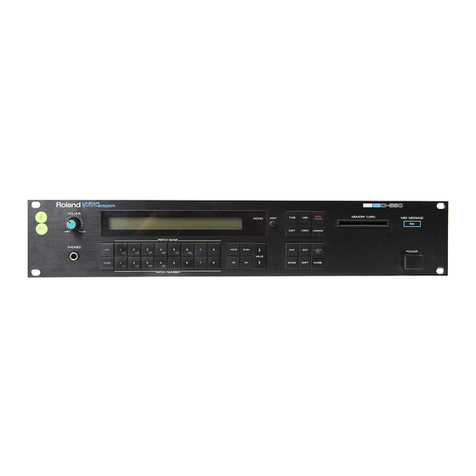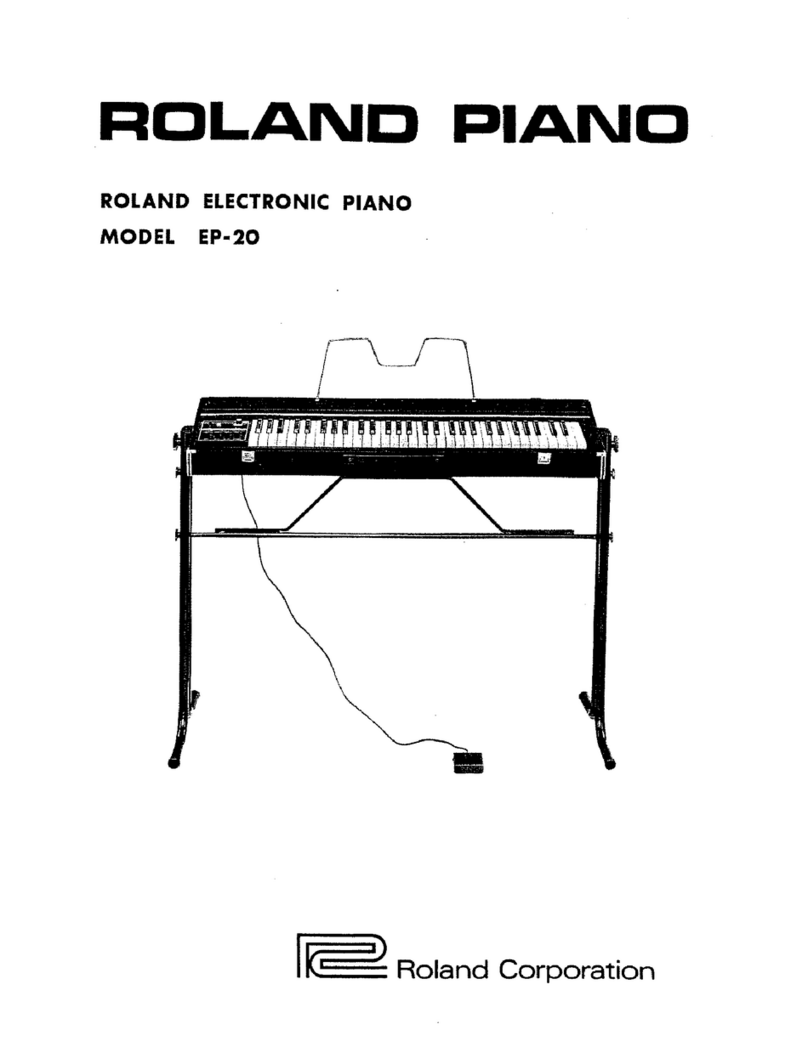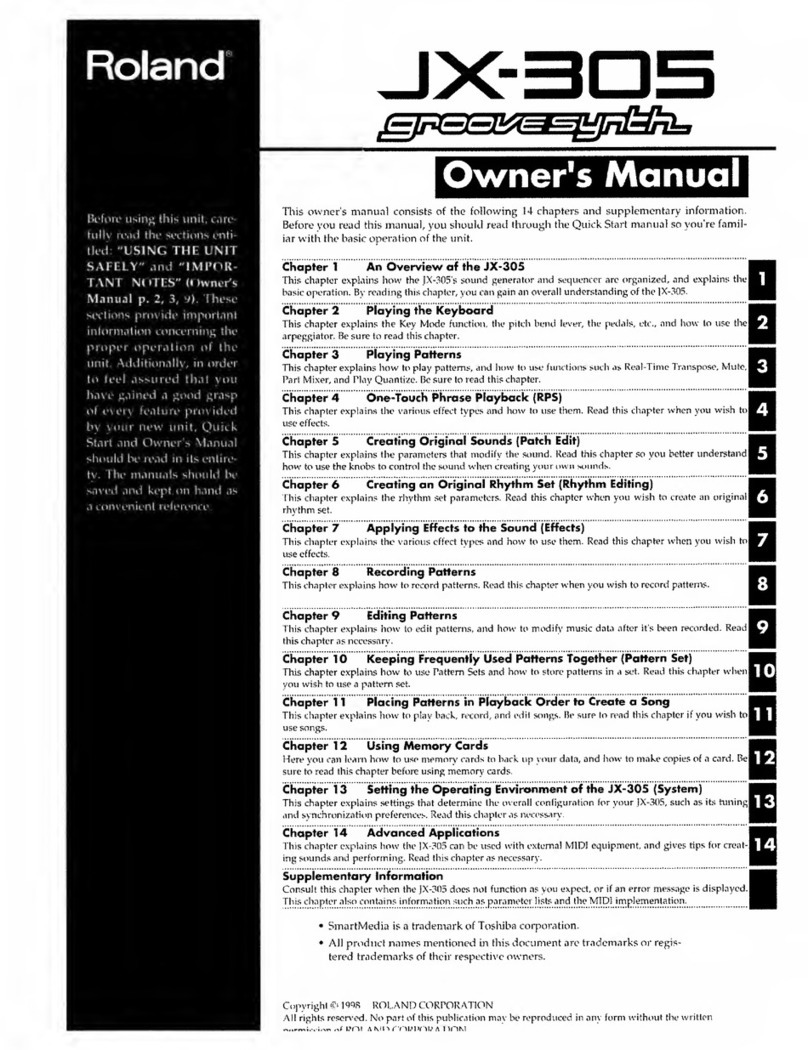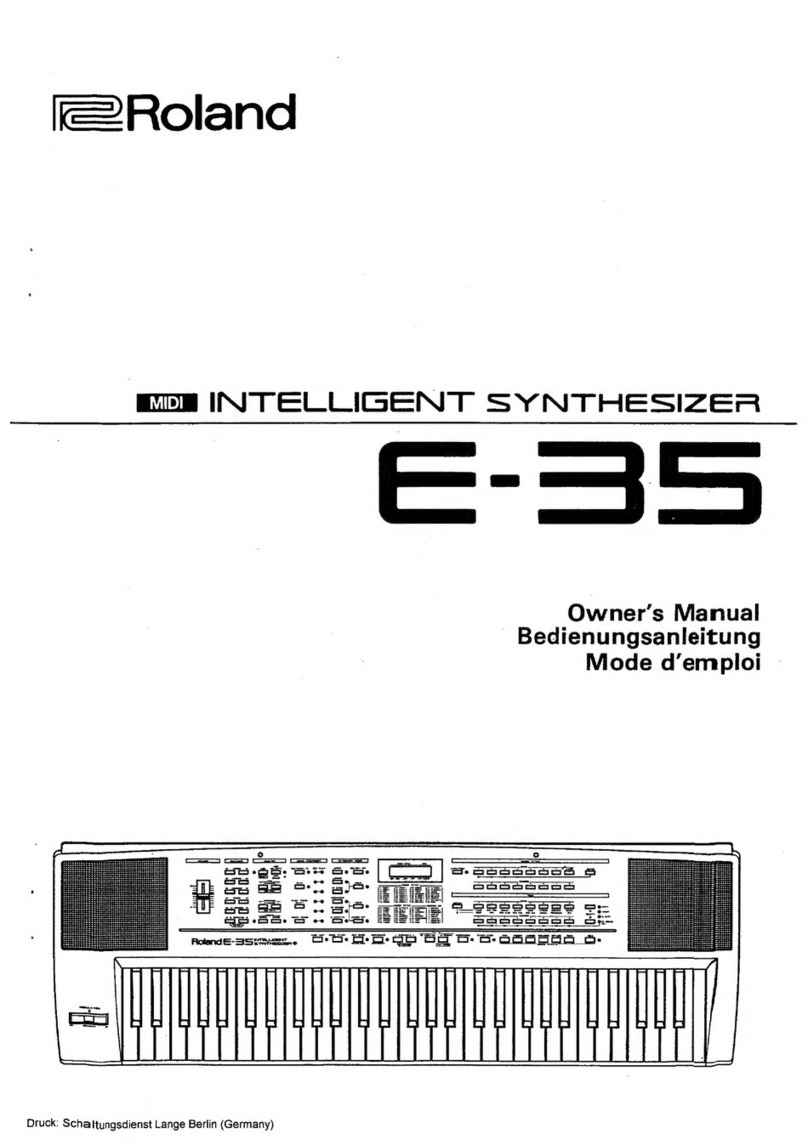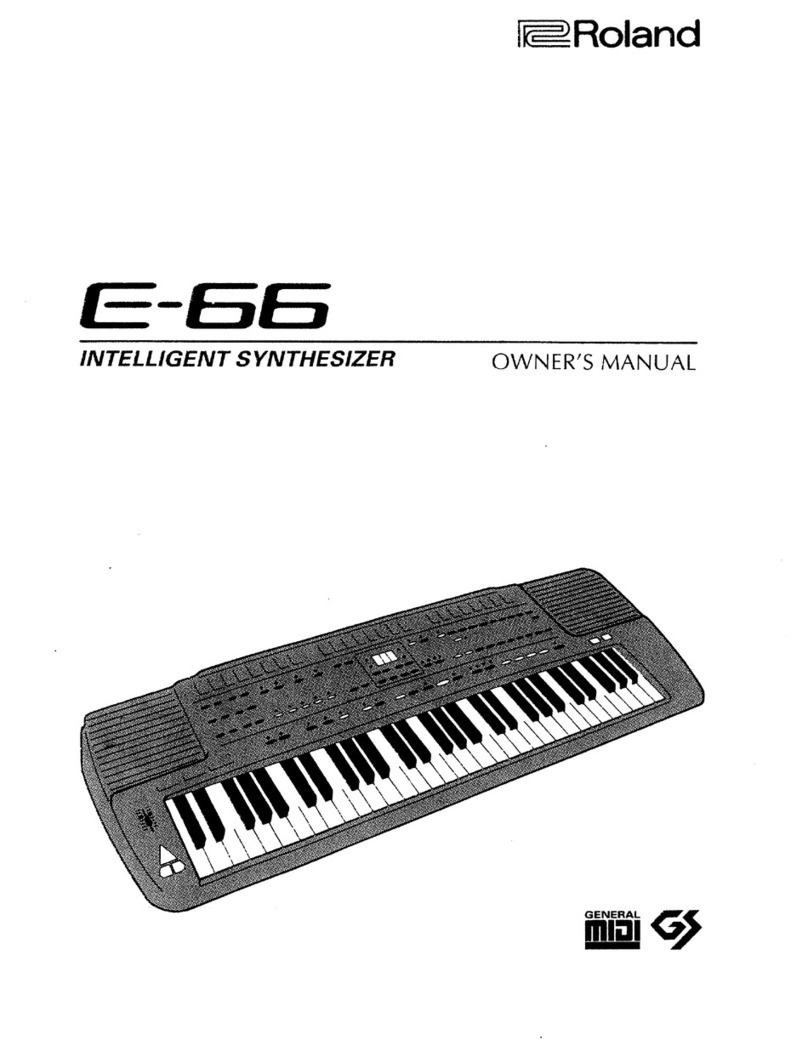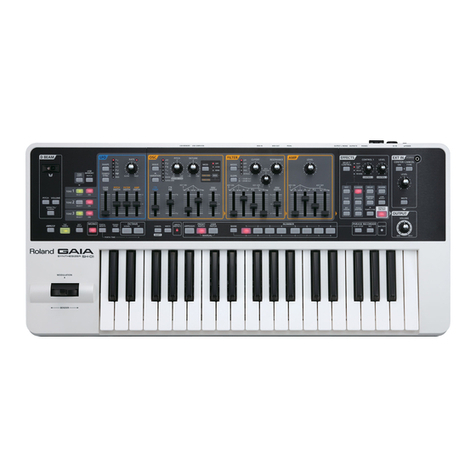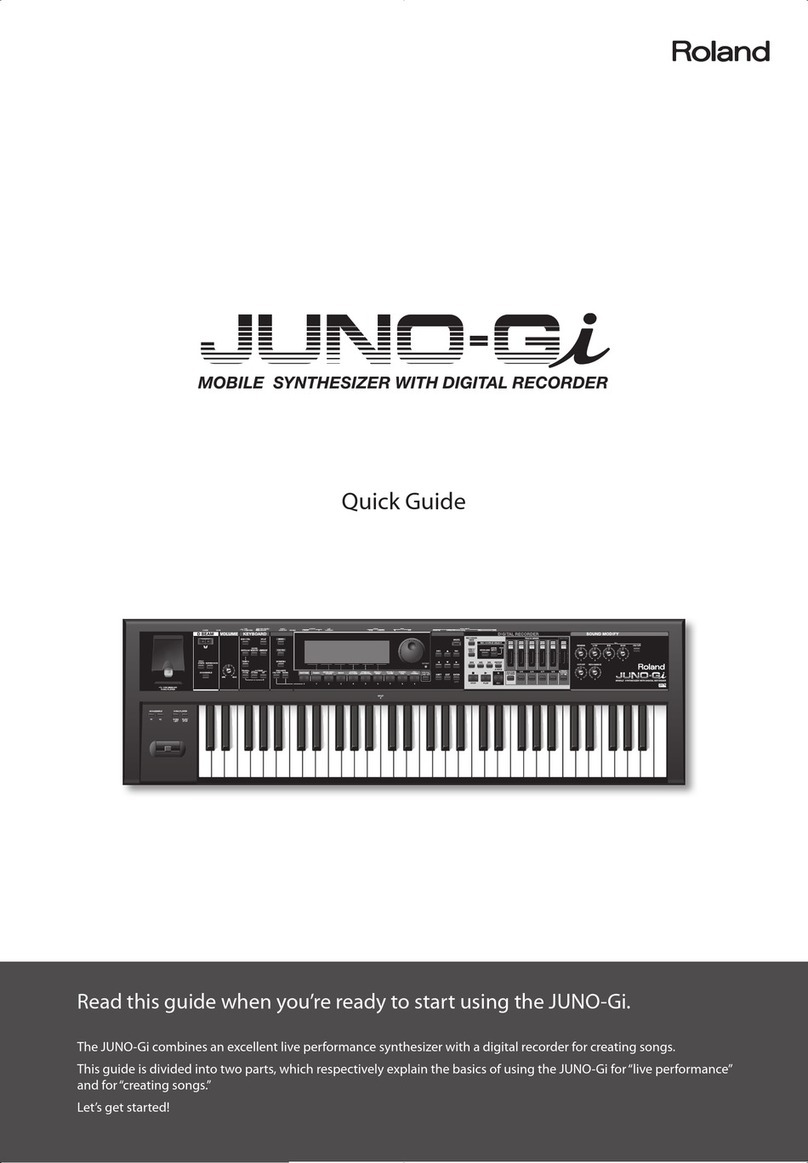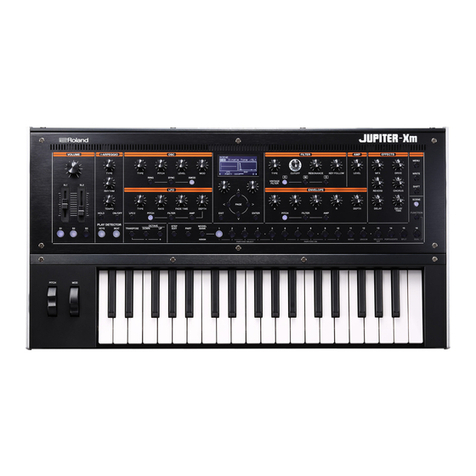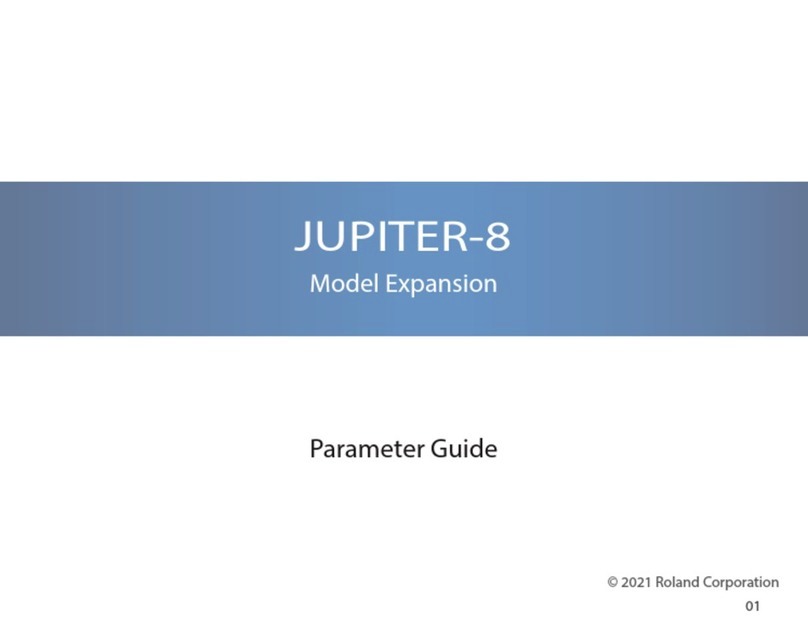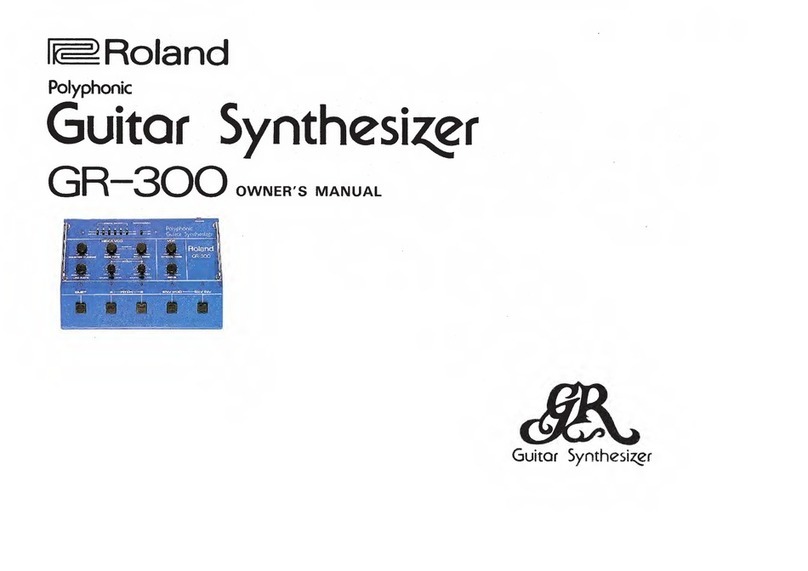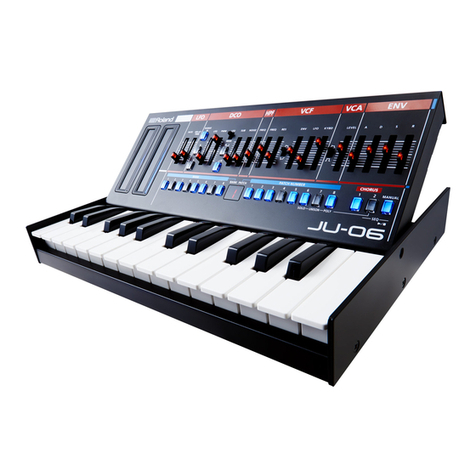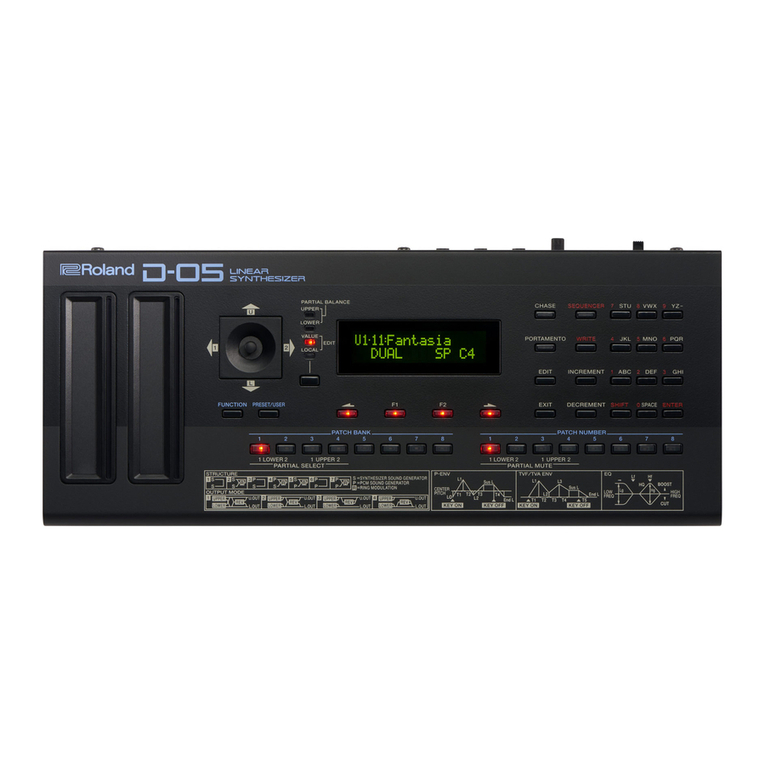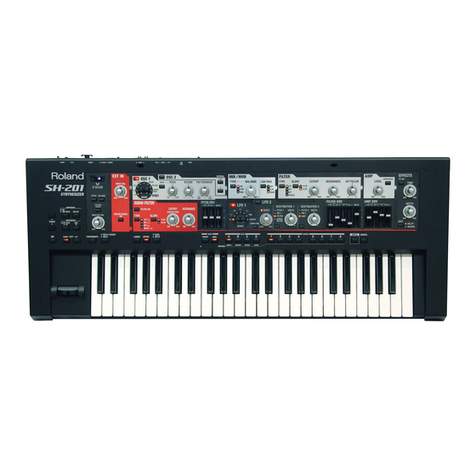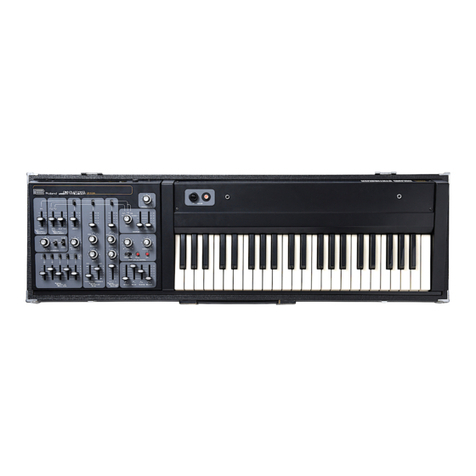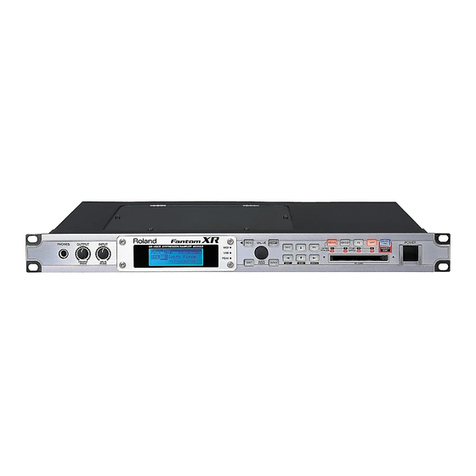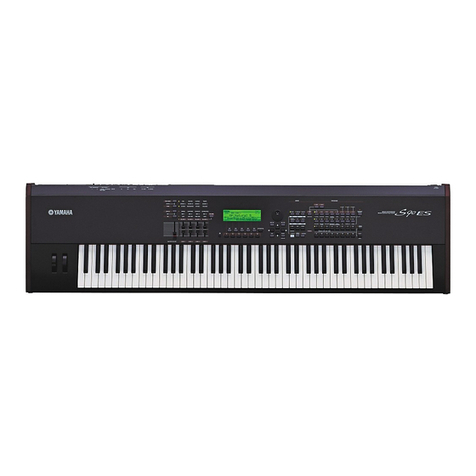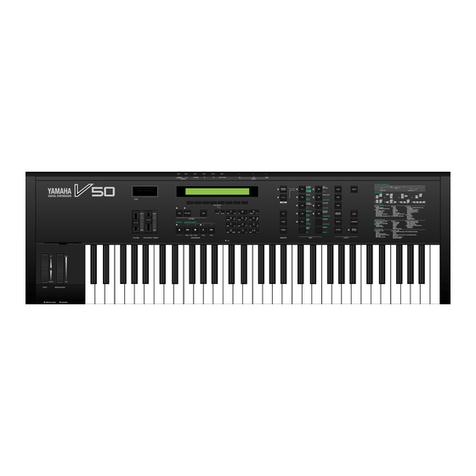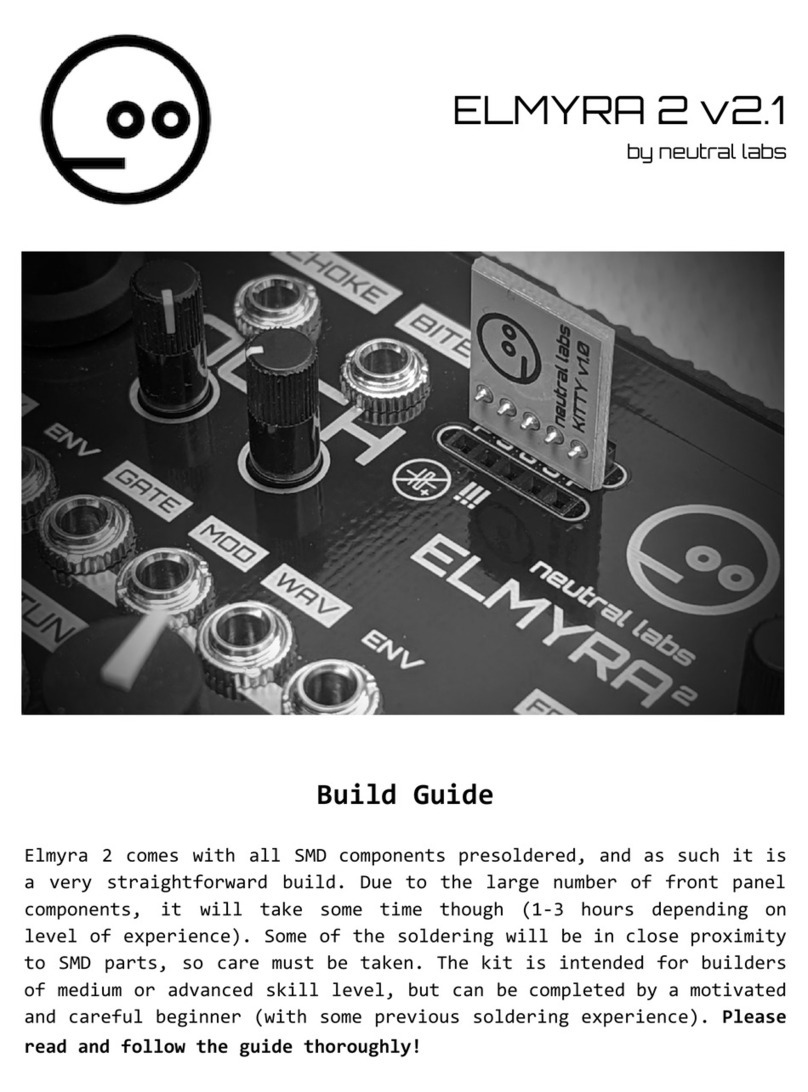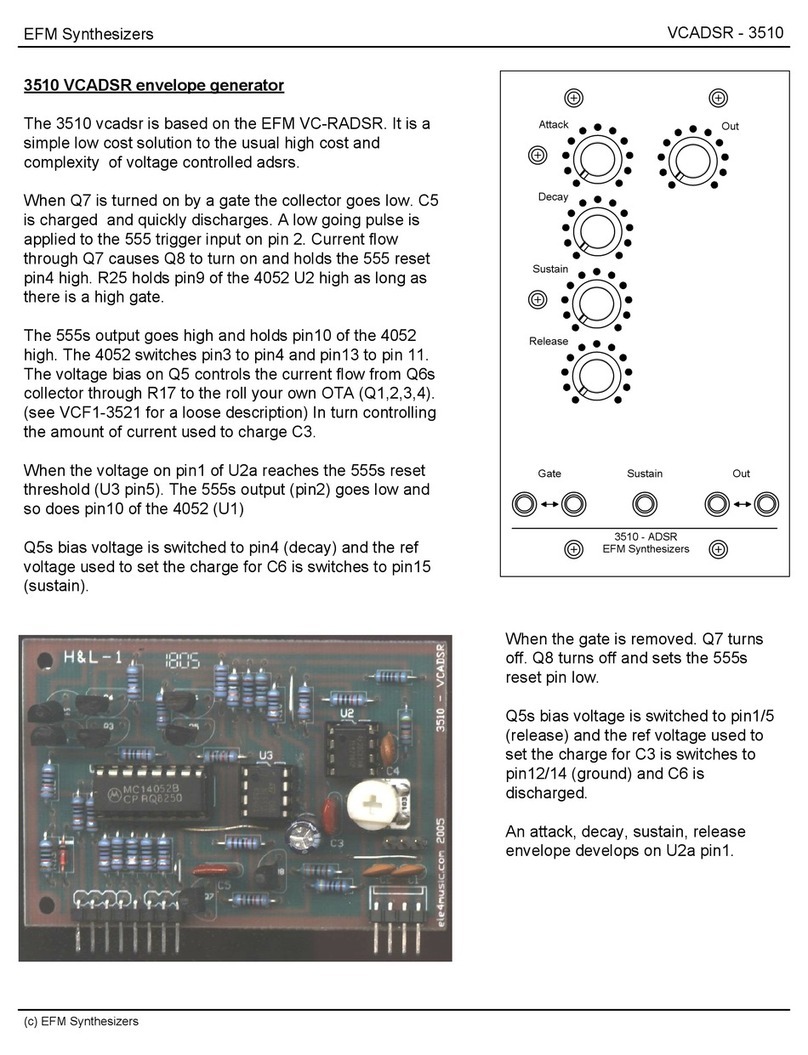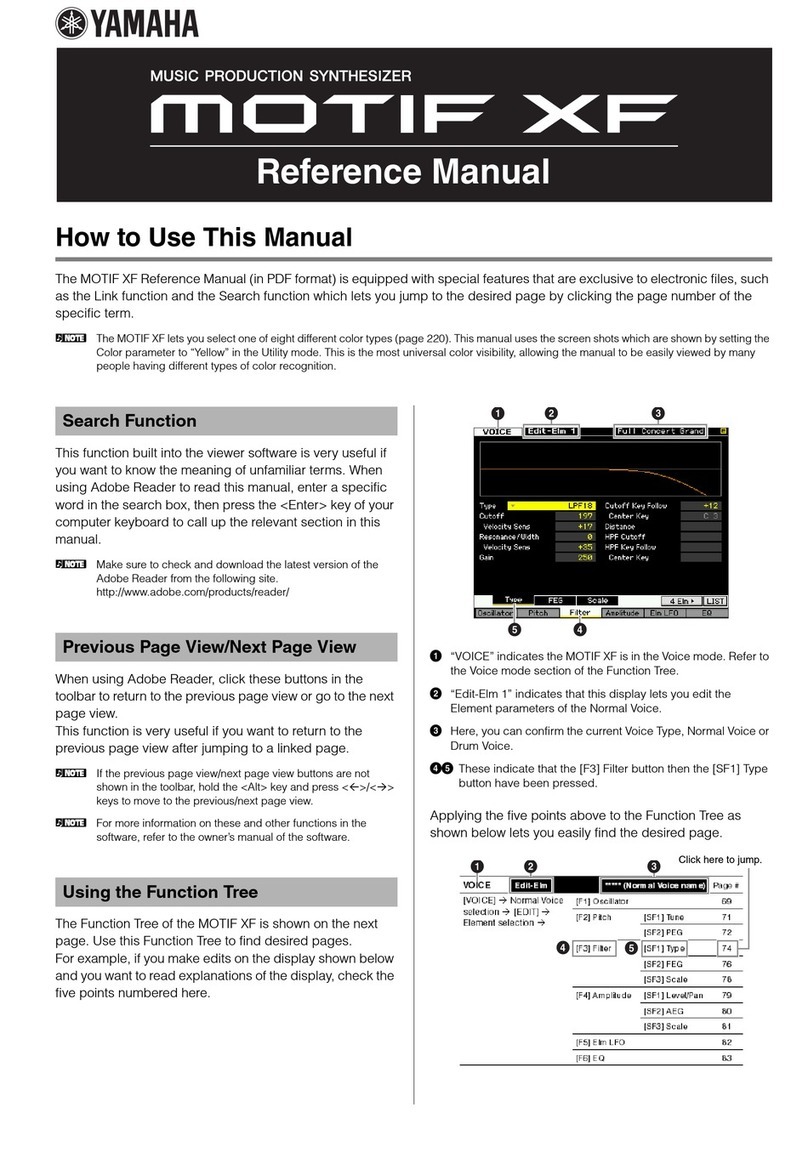OUTLINE OF THE D-50
OUTLINE OF THE D-50
The ROLAND D—50 is very different from any other synthesizer,
past or present, and as such heralds the dawn of anew era in
synthesis, in the past, synthesizers have progressed through several
very diffrent stages. Firstly, there were ANALOG synthesizers, which
relied on avariety of components, such as, VCO's, VCF's, and
VCA's. These anaiog building blocks were relatively easy to
understand and program ,and they could produce sounds of
remarkable warmth and character. However, when it came to
accurately simulating acoustic sounds, the process could easily
become too involved.
On the other hand, the next breed of synthesizers, known as
DIGITAL synthesizers, could easily simulate acoustic sounds, yet they
were far more difficult to program. Furthermore, the digital
technology behind these instruments seemed to imply that a
different type of sound should occur. In general, just as an analog
synthesizer would be described as "warm" in character, the digital
counterpart was very often "thin". Essentially, the two types
complemented each other, one being easy to program, the other
capable of accurate simulation.
The ROLAND D—50 has now changed all that. Thanks to anew
custom disigned Integrated Circuit known as the 'LA CHIP'. Here,
LA stands for Linear Arithmetic synthesis which is the heart of the
new technology. LA synthesis involves agreat many technological
advances resulting not only in asuperior sound quality but also an
improved ease of programming. In this way, Roland has succeeded
in maintaining ahigh degree of familiarity to the user despite the
technical wizardry involved.
To explain the D—50 in avery simple manner, we must begin by
saying that it is the next step in DIGITAL synthesizers. This means
that the sound is entirely computer generated. In fact, the D—50
has four distinct sections :
1. ADigital Synthesizer
2. ADigital Equalizer
3. ADigital Chorus section
and 4. ADigital Reverberation section.
Moreover, these four sections occur entirely within the DIGITAL
DOMAIN, resulting in asound quality far beyond that of four similar
units combined. Consequently, the musician can take advantage of
acomplete instrument, one that requires no additional effects or
processing.
However, the true power of LA Synthesis lies within the Digital
Synthesizer section of the D—50. Remember, first of all, that this is
atotally digital instrument, even though the sound would seem to
suggest far more. Through LA synthesis, the D— 50 appears to have
four powerful synthesizers built in. Each of these hypothetical
synthesizers could behave like aconventional anaiog syntheizer, or
aPCM sampled synthesizer. Consequently, they are referred to as
PARTIALS, since they are far more than just apure synthesizer.
These Partials are combined in pairs to form aTONE. ATone could
either be amix of the two Partiais, or they could take advantage
of the LA version of cross modulation. In this way, some of
today's more popular digital sounds are remarkably easy to achieve.
